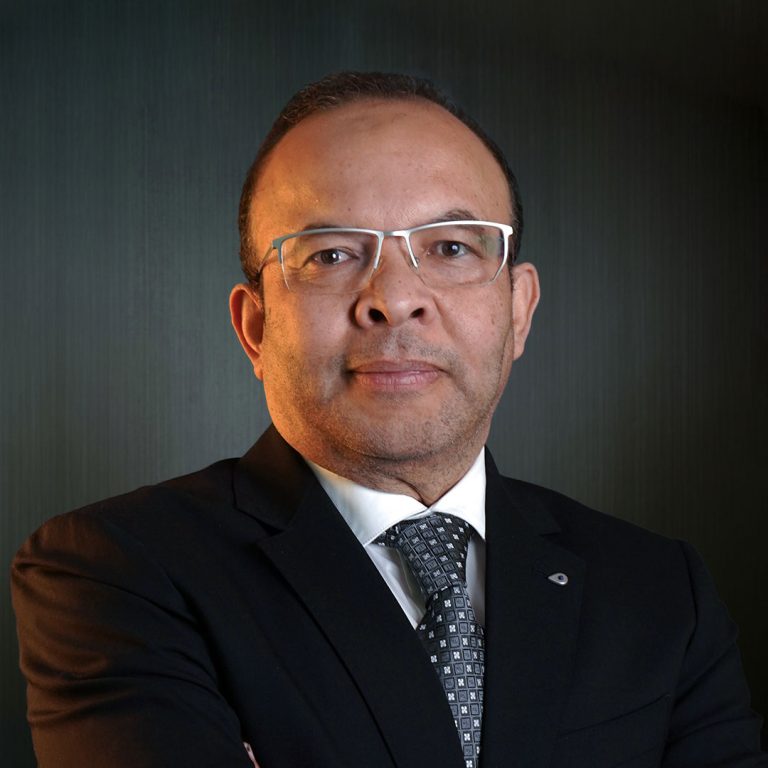Hyperbaric Oxygen Therapy (HBOT) is an advanced medical treatment that involves breathing 100% pure oxygen in a specially designed chamber at a pressure higher than normal atmospheric levels. Typically, the air pressure in the HBOT chamber is three times greater than what you experience in everyday conditions.
This increased pressure allows your lungs to absorb significantly more oxygen than would be possible under normal circumstances. The extra oxygen is delivered through your bloodstream to tissues throughout your body, stimulating the release of growth factors and stem cells that enhance the body’s natural healing process.
One of the key benefits of HBOT is its ability to dramatically increase the level of oxygen dissolved in your plasma—up to 15 times the usual amount. This increased oxygenation supports the treatment of various medical conditions, helping to promote recovery and overall well-being.
Common Conditions Treated with HBOT:
-
- Sudden vision loss due to optic artery thrombosis.
- Difficult-to-heal wounds, such as diabetic foot ulcers.
- Post-cosmetic surgery for faster wound healing and collagen production to ensure optimal results and minimal scarring.
- Accelerated recovery after cosmetic surgeries and pilonidal sinus surgeries.
- Skin rejuvenation and wrinkle reduction naturally.
- Boosting and balancing the immune system.
- Certain autoimmune conditions, such as ulcerative colitis and Crohn’s disease.
- Second- and third-degree burns.
- Rapid healing of bone fractures and treatment-resistant bone infections.
- Support for children with autism, cerebral palsy, learning difficulties, academic delays, and hyperactivity.
- Treating the effects of strokes, concussions, brain injuries, and spinal injuries, and aiding in rehabilitation.
- Cases of physical and mental exhaustion.
- Post-COVID syndrome recovery.
- Treating side effects of filler injections, skin tightening, and liposuction.
- Delaying aging.
- Accelerated recovery from sports injuries for athletes and as a natural performance booster before games and competitions.
- Treating carbon monoxide poisoning.
- Treatment for psoriasis and necrotizing skin inflammation.
- Raynaud’s disease and Buerger’s disease.
- Preventing complications of diabetes.
- Certain cases of male sexual dysfunction.
- Post-skin grafting recovery.
- Recovery and prevention of side effects from radiotherapy and chemotherapy for cancer patients.
- Preventing Alzheimer’s disease in its early stages.

